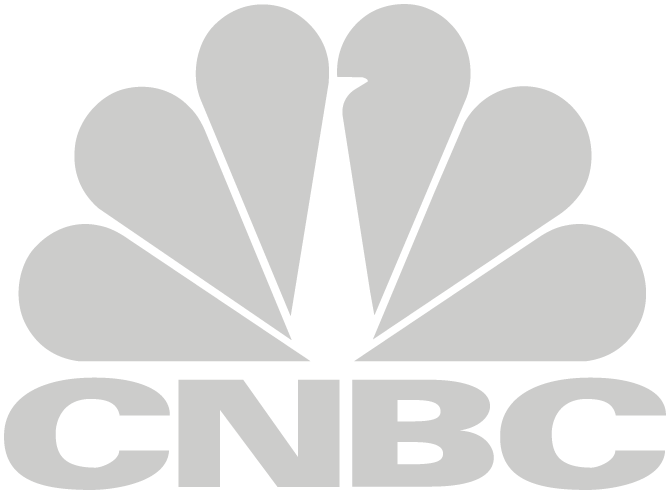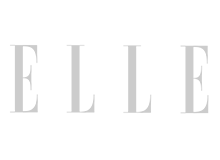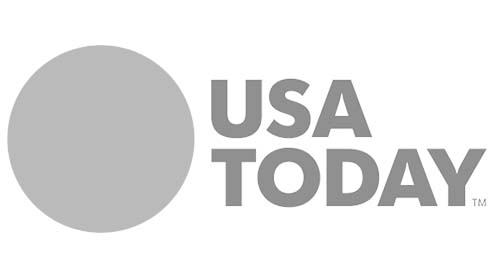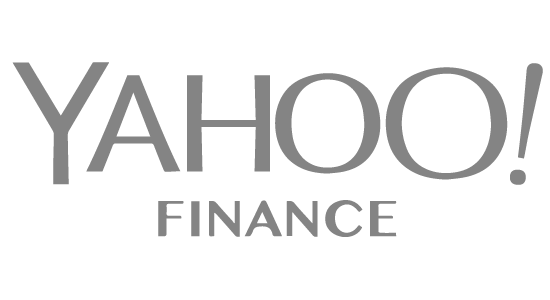Sponsored by Intuit QuickBooks.
One of my business goals for the year was to have my freelance writing income be the same, or more, than my income at my last full-time job. I reached my goal last month!!! (Instead of tracking for all of 2018, I have been keeping track of the amount I have made over the last 12 months and now it is more than what I made at my full-time job. I’ll be curious to see the amount I make from August 2017 to August 2018 because that will be the full 12 months of freelance writing full-time.)

I know I reached my freelance writing income goal because I use QuickBooks Self-Employed to find tax deductions and keep my finances organized. I track my income and expenses, categorize business expenses, see my profit and losses, and save all of my receipts. You can link your business bank account to QuickBooks Self-Employed to automatically track everything. The tool is beneficial for managing my budget because I can see my estimated quarterly taxes. I also use the QuickBooks Self-Employed invoice tool to send invoices. I downloaded the app so I check it and add expenses from anywhere.
I haven’t written much about my freelance writing strategy, and I know a lot of people who read my site are interested in starting a freelance writing career. I don’t think it is possible to make an income by pitching and writing one-off articles. It isn’t always easy to place a piece sometimes pitches don’t get picked up because there isn’t a budget, someone else is working on a similar story, or it simply isn’t what the publication is looking for at the time. I have also pitched a number of publications just to hear crickets, have an article get “killed” because they no longer need it, or I’ve had to chase a payment. There was also one time where a publication I love bought a piece and I wrote it…then the editor totally ghosted me.
Moral of the story: You would have to pitch constantly and get high-paying assignments to make that method work. Once you get to a certain point in your career and you are getting lengthy print articles, cover stories, and columns then I think you could make that strategy work. I’m not there just yet — although I did have one print cover story in Glamour! — but I’m curious to see how my strategy changes after I finish at Columbia Journalism School.
Okay enough of my tangent, here’s a look at how I found most of my retainer clients and what my general workload is without even pitching additional articles.
Asking to increase the commitment:
This one is like defining the relationship when you are dating! After I have written four or five articles for a publication, I ask if I can write a set number of articles per month. By that point, I have a relationship with the editor, they know the quality of my work, and I understand the voice and tone of the publication and the types of pitches they accept. If they say yes, I send pitches a week or two before the start of a new month and ask if they want me to write any of the articles or if they have articles they would like to assign.
Using Contently to get matched to a brand:
I always tell writers about Contently because it made a huge impact in my ability to find the high-paying jobs that helped me feel comfortable writing full-time. At first, I didn’t understand how Contently worked, which is why I always share my experience! I set up a portfolio of my work, but I didn’t realize that they also match brands with writers. I emailed the Contently team and they showed me how to optimize my profile to get selected for clients and I think they also flagged my profile. The Contently team matches brands and writers based on the topics they write about and I’ve been working with six brands. Clients ask for pitches on specific topics then you (hopefully) get your pitches accepted. Because it is branded content, the prices are generally higher than they are for most publications.
Becoming on-call at a publication:
I’m not sure if this is the right term, but this is when you work a certain number of hours or days a week. When I wrote news articles for one publication, I was on-call every Monday and would write two articles a day in an hour per piece. They assigned the articles to me based on that day’s news so I wrote about Prince Harry and Meghan Markle’s engagement, Princess Eugenie and Jack Brooksbank’s engagement, and more it was fun and I learned a lot about writing on deadline, wellness, celebs, and the royals.
Joining a formal contributor program:
Some publications have formal contributor programs and all of the contributors are contractually obligated to write a certain number of articles per month. The Women@Forbes team also puts on fun events for contributors and we have gone to workout classes, happy hours, book club discussions, and even a fun cocktail-making class. When you work for yourself it’s great to be part of as many communities as possible!
If you are a freelance writer or want to become one, I’d love to answer your questions. Please let me know if you have any!
Sponsored by Intuit QuickBooks.
































2 Responses to How I Reached My Freelance Writing Income Goal